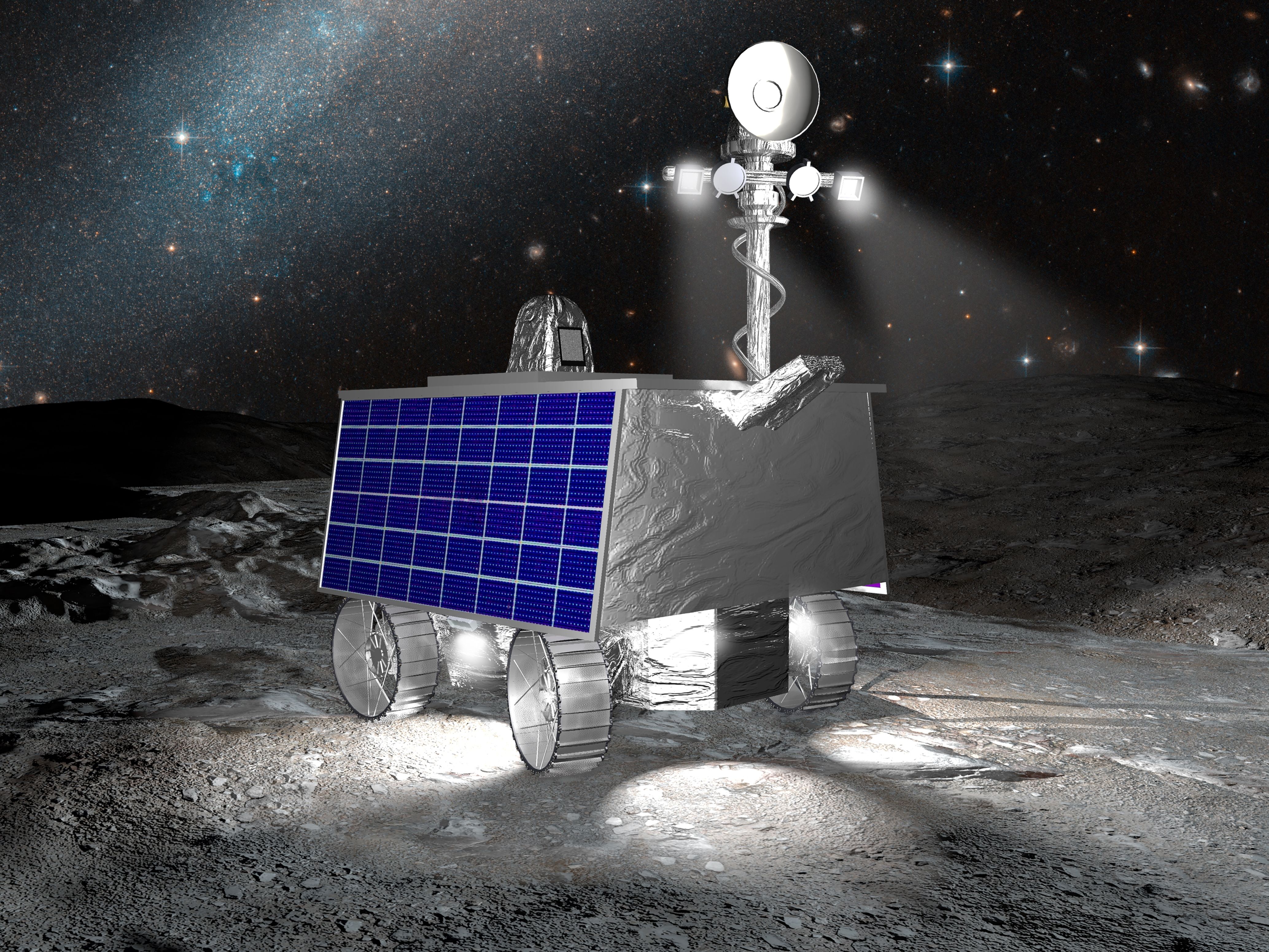Summary
- NASA cancels $450 million VIPER moon rover due to costs and delays.
- VIPER’s costs soared over 30% from initial estimates, with NASA saving a minimum of $84 million by scrapping the program entirely.
- Parts of VIPER will be re-used for future missions, while some instruments will be used on upcoming moon landings.
NASA has scrapped its $450 million VIPER moon rover program due to rising costs and delays. The exploration vehicle had been earmarked for a lunar landing in 2025 to search for ice deposits at the moon’s south pole.
NASA cancels VIPER mission
The space agency has cited cost overruns and continual delays as the reasons behind its decision. With its cancelation, NASA says it will save a minimum of $84 million dollars, but the true figure could run much higher if more delays were to beset the program. NASA said,
“After a comprehensive review, we are discontinuing development of our VIPER (Volatiles Investigating Polar Exploration Rover) project. We are committed to studying and exploring the Moon, and will pursue other methods to accomplish many of VIPER’s goals.”
Were it to continue with the program, rising costs would also have impacted other important NASA programs, particularly its Commercial Lunar Payload Services (CLPS) missions. According to agency officials, VIPER’s costs have gone up by over 30% from initial estimates – in 2021, NASA said the program would cost upwards of $430 million, but the latest estimates now have it at $609.6 million, with NASA already spending $450 million.
Photo: Jacques Dayan | Shutterstock
Nicola Fox, Associate Administrator of NASA’s Science Mission Directorate, added,
“This is a very tough decision, but it is a decision based on budgetary concerns in a very constrained budget environment.”
Schedule delays, exacerbated by supply chain problems, have contributed to these soaring costs. The moon rover was initially supposed to launch in late 2023, but this was pushed back first to late 2024, then to September 2025. NASA would have had to launch the moon rover by November 2025 at the latest or face a 9-12 month wait for suitable lighting conditions in the landing region.
The spacecraft it was due to be carried on – Astrobotic’s Griffin lander – is still scheduled for launch aboard a SpaceX Falcon Heavy. The Griffin Mission One will go ahead with a launch date of no later than the fall of 2025 – Astrobotic’s first attempt at a moon landing ended in failure in January when its Peregrine Lunar Lander began leaking fuel shortly after separating from a United Launch Alliance Vulcan rocket.
Lessons learned
The $450 million invested in the program so far will not be entirely wasted. NASA has said that VIPER’s parts will be re-used for other lunar missions, while it is also considering “expressions of interest from US industry and international partners” to use the rover on independent missions. Additionally, NASA said it would use copies of three of VIPER’s four instruments on future moon landing missions.
The VIPER rover has now been completely assembled and is roughly the size of a small car. Its mission was to search for evidence of ice around the moon’s south pole region – NASA says it will now pursue “alternative methods” to accomplish VIPER’s goals.
Joel Kearns, Deputy Associate Administrator for Exploration of NASA’s Science Mission Directorate, commented,
“We believe that, over time, we are going to be able to address the science objectives that we originally identified specifically for VIPER.”

